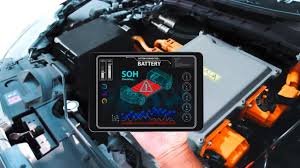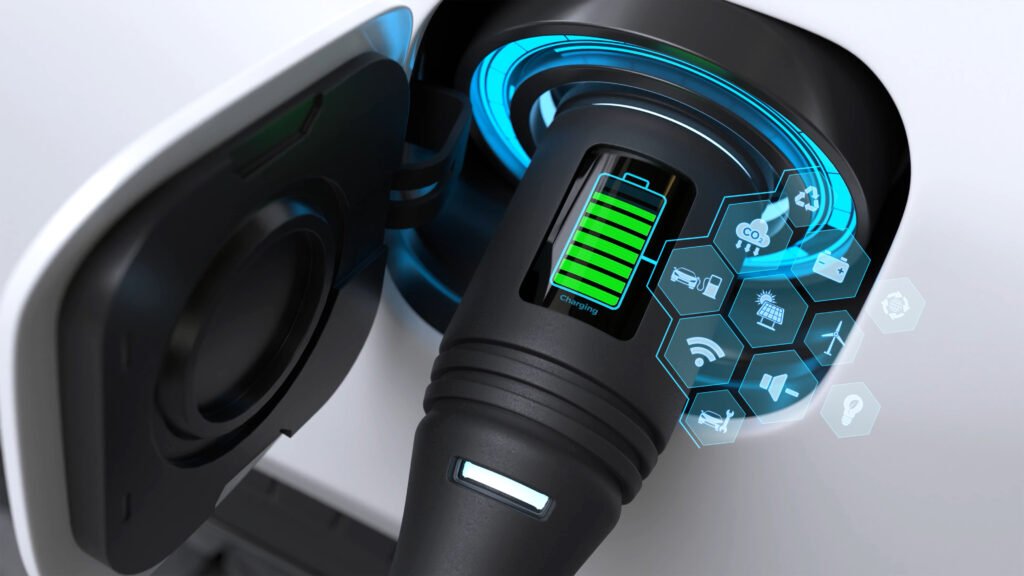Used EV Buying Guide: How to Avoid Battery Scams
The used electric vehicle market is experiencing unprecedented growth, but with opportunity comes risk. Battery degradation remains the primary concern for potential buyers, with good reason—replacement costs can reach $15,000 or more. Understanding how to check EV battery health and identify the best used electric cars requires knowledge that most traditional car buyers lack. This comprehensive used EV checklist will protect you from costly mistakes and help you find reliable electric vehicles that deliver years of trouble-free ownership.
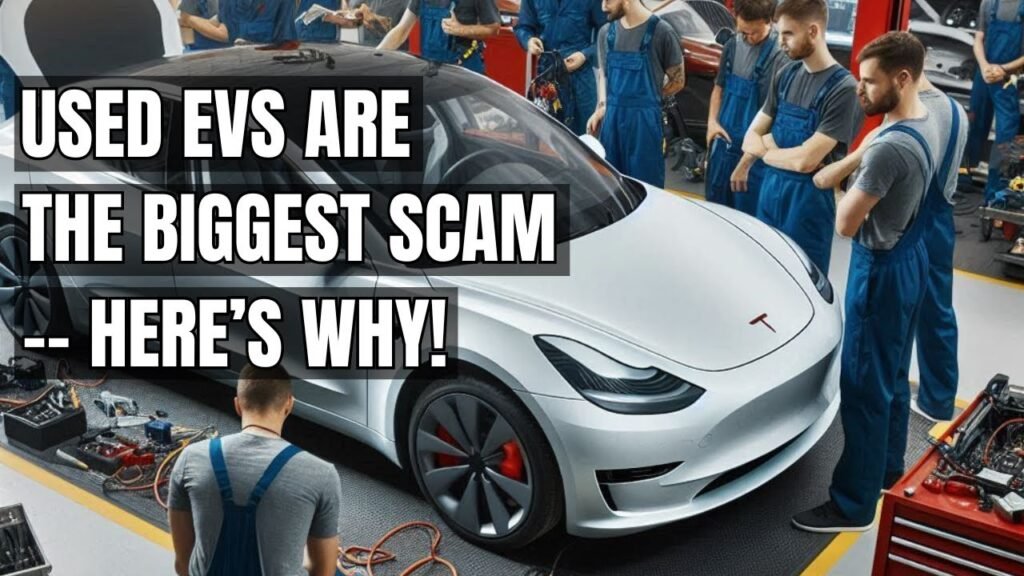
Understanding EV Battery Health: The Foundation of Smart Buying
Before diving into specific models, it’s crucial to understand what battery health means and why it matters. 87% of potential used electric car buyers want assessment detailing the condition of the vehicle’s battery maintained by previous owners, yet many don’t know how to properly evaluate this critical component.
After 100,000 kilometres (62,140 miles) EV battery health can vary by up to 30%, meaning two identical vehicles with similar mileage could have drastically different remaining battery life. A consumer who wants a used EV with 90% of its range when new could end up buying one with just 70% capacity if they don’t perform proper due diligence.
Battery health, or “state of health” (SoH), measures how well a battery can perform compared to when it was new. This isn’t just about maximum range—it affects charging speed, performance, and overall vehicle reliability. Understanding these metrics before purchase can save thousands in unexpected replacement costs.
Essential Battery Health Checks: Your Protection Against Scams
Built-in Battery Management Systems
Most newer EVs come equipped with built-in battery management systems (BMS) that provide valuable information as a health report. Your first step should always be checking the vehicle’s dashboard or infotainment system for battery health metrics. Look for indicators like battery capacity percentage or health status—these built-in systems provide the most accurate real-time assessment.
Many vehicles display this information differently. Tesla models show battery degradation data through their touchscreen diagnostics, while Nissan LEAF vehicles provide a battery health bar indicator. BMW i3 models display battery capacity through their ConnectedDrive system. Familiarize yourself with the specific system in your target vehicle before viewing.
Professional Battery Testing Services
For vehicles without clear built-in diagnostics, professional battery testing services have emerged to fill this gap. Companies like Aviloo offer comprehensive battery testing that can reveal hidden degradation issues before purchase. These services typically cost $200-400 but can save thousands by identifying problematic batteries early.
Ask the seller for a battery health report. If buying from a dealership, its service department can give you a detailed report on battery health. Reputable dealers should provide this information freely—any resistance to battery testing should raise immediate red flags.
DIY Battery Assessment Methods
While professional testing is ideal, you can perform basic battery health checks yourself. You can charge the used electric car to 100% and then see what the estimated range says. Compare this displayed range to the vehicle’s original EPA rating to calculate approximate battery health percentage.
Drive the vehicle in similar conditions to your typical usage. Highway driving, city driving, and climate control usage all affect battery performance differently. A thorough test drive should include various scenarios to assess real-world battery performance under different conditions.
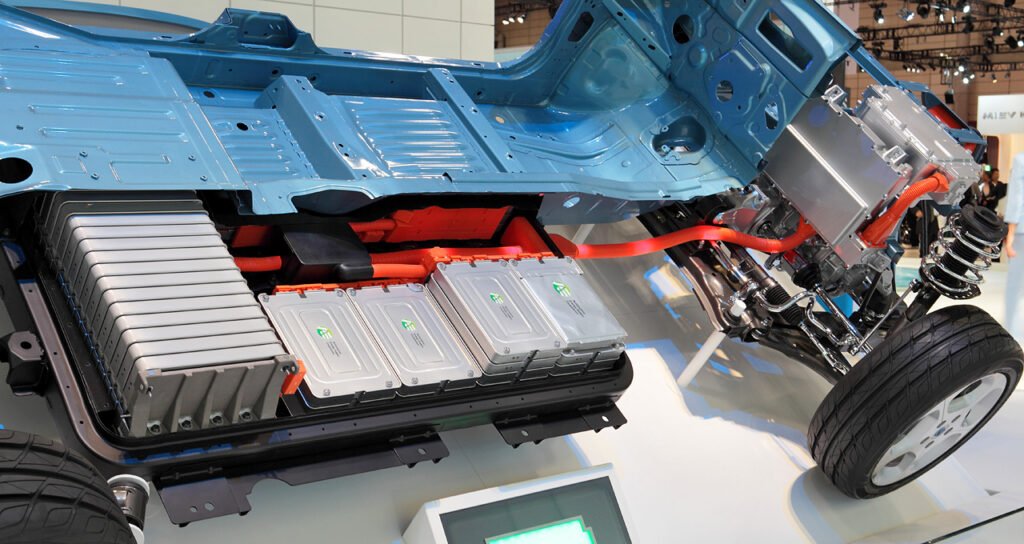
Red Flags: Spotting Battery Scams and Problem Vehicles
Warning Signs of Battery Problems
Several indicators suggest potential battery issues that sellers might try to hide. Inconsistent range estimates, unusual charging behavior, or error messages related to the battery system should trigger further investigation. Physical signs include unusual battery compartment heat, strange odors, or visible damage to battery housing.
Be wary of vehicles that have been in accidents, especially those involving the battery compartment. Even minor impacts can cause internal battery damage that manifests months or years later. Always review accident history and ask specific questions about any collision repairs.
Seller Behavior Red Flags
Honest sellers welcome battery testing and provide maintenance records freely. Be suspicious of sellers who refuse battery health checks, claim testing is unnecessary, or pressure you to make quick decisions. Legitimate sellers understand that battery health concerns are valid and should accommodate reasonable inspection requests.
Price anomalies can also indicate problems. If a vehicle is priced significantly below market value without clear reasons, investigate thoroughly. While great deals exist, drastically underpriced EVs often have hidden battery issues that sellers are trying to offload quickly.
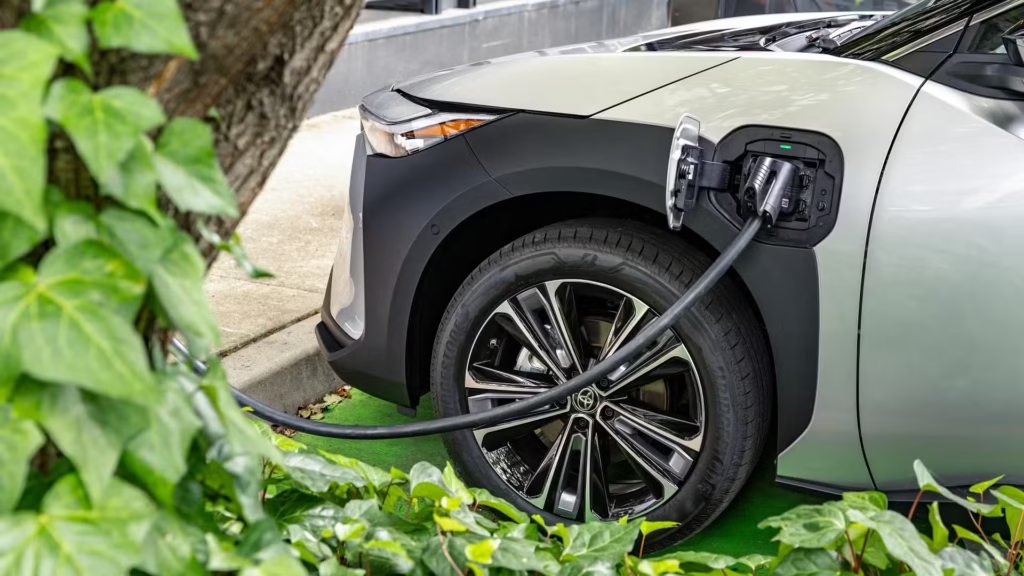
The Most Reliable Used Electric Cars for 2024
Tesla Model 3: Proven Track Record
The Tesla Model 3 consistently ranks among the best used electric cars due to its combination of performance, range, and reliability. The Tesla Model 3 offers an enticing combination of performance, comfort and range, and its price continues to undercut the competition. Tesla’s extensive Supercharger network and over-the-air updates provide additional long-term value.
Battery degradation in Model 3 vehicles has proven minimal in real-world conditions, with most vehicles retaining over 90% capacity after 100,000 miles. The Model 3’s battery management system is sophisticated and provides detailed health information to buyers.
Chevrolet Bolt EV: Budget-Friendly Reliability
With a price tag of around $27,511 for a used 2023 Chevrolet Bolt EV, it’s a practical and budget-friendly option. The Bolt EV represents excellent value in the used EV market, offering substantial range at affordable prices.
The 2023 Chevrolet Bolt EV is the most reliable year to purchase the vehicle, as it has lower recalls, compared to the 2019/2020 models which both had 6 recalls. When shopping for used Bolt EVs, focus on 2022 and later model years to avoid early production issues.
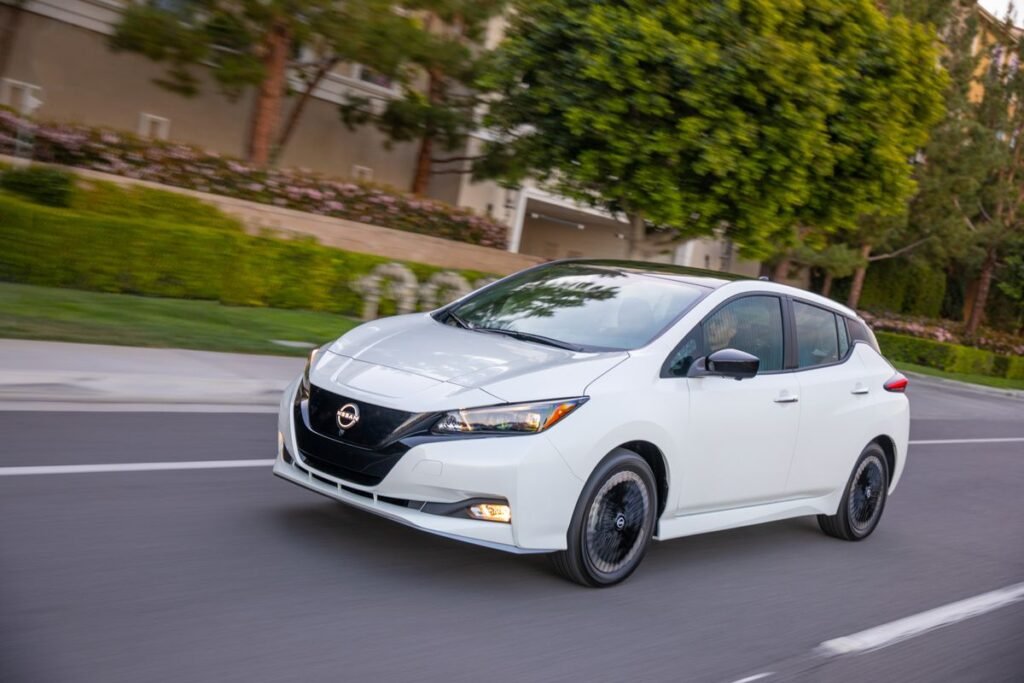
Nissan LEAF: Established Platform
The Nissan LEAF benefits from being one of the longest-running EV platforms, with extensive service networks and parts availability. However, early LEAF models used air-cooled batteries that degraded faster than liquid-cooled systems. Focus on 2018 and newer models with improved battery chemistry and thermal management.
LEAF battery health indicators are clearly displayed through the dashboard, making evaluation straightforward for buyers. The vehicle’s widespread availability and lower entry prices make it attractive for budget-conscious buyers willing to accept shorter range capabilities.
Your Complete Used EV Checklist
Pre-Purchase Inspection Points
Start with a comprehensive visual inspection of the vehicle’s charging port, looking for signs of damage, corrosion, or overheating. Inspect the battery compartment area for any signs of damage, unusual wear, or fluid leaks. Check all electrical connections and ensure charging cables are included and functional.
Test all charging speeds the vehicle supports. Verify that DC fast charging works properly and achieves expected speeds. Slow charging issues often indicate battery problems that aren’t immediately obvious during regular driving.
Documentation Review
Request all service records, particularly any battery-related maintenance or repairs. Verify warranty coverage—many EV batteries carry 8-year/100,000-mile warranties that may transfer to subsequent owners. Understanding remaining warranty coverage protects against future repair costs.
Review charging habits of the previous owner when possible. Frequent DC fast charging can accelerate battery degradation, while vehicles primarily charged at home typically maintain better battery health over time.
Professional Inspection Considerations
For high-value purchases, consider hiring a qualified EV technician for pre-purchase inspection. These specialists can identify issues that general mechanics might miss and provide detailed battery health assessments using professional diagnostic equipment.
Factor inspection costs into your budget—spending $300-500 on professional inspection can save thousands in future repairs. This investment becomes more valuable as vehicle price and complexity increase.

Making Smart Financial Decisions
Calculating Total Cost of Ownership
When evaluating used EVs, consider total ownership costs beyond purchase price. Factor in potential battery replacement costs, maintenance requirements, and available warranty coverage. A slightly more expensive vehicle with better battery health often provides superior long-term value.
Research availability and cost of replacement parts for your target vehicle. Some EVs have expensive or hard-to-find components that can significantly impact ownership costs. Tesla vehicles generally have good parts availability, while some discontinued models may present challenges.
Financing and Warranty Options
Explore extended warranty options specifically designed for used EVs. These policies often cover battery replacement and can provide peace of mind for buyers concerned about degradation costs. However, read terms carefully—many warranties have strict requirements and exclusions.
Consider certified pre-owned programs when available. Manufacturers like Tesla, BMW, and others offer CPO programs with additional warranty coverage and thorough inspections that can justify higher prices through reduced risk.
The used EV market presents excellent opportunities for savvy buyers who understand how to properly evaluate battery health and identify reliable models. By following this comprehensive checklist and focusing on proven models with good track records, you can confidently enter the electric vehicle market while avoiding costly battery-related surprises.
Remember that battery degradation is normal and expected—the key is understanding the rate of degradation and ensuring it aligns with your expectations and budget. With proper research and inspection, used electric vehicles can provide years of reliable, efficient transportation while delivering significant savings over new vehicle purchases.
Note: Battery technology and testing methods evolve rapidly. Always verify current warranty terms and testing procedures with manufacturers and service providers before making purchase decisions.

